Most Stable Coin in Crypto
Note: This post may contain affiliate links, and we may earn a commission (with No additional cost for you) if you make a purchase via our link. See our disclosure for more info. The crypto world is constantly changing. This content is for informational purposes only and not financial, legal, or professional advice So, please verify the info on the cryptocurrency provider’s websites.
Tether (USDT) is the heavyweight champ of stablecoins, boasting a mind-blowing market cap over $142 billion. Yeah, it's the go-to for traders looking to dodge the crypto chaos. But let's not kid ourselves; it's been under the microscope for its lack of transparency regarding reserves. Still, it reigns supreme. Other options like USD Coin and DAI exist, but will they ever dethrone the king? Keep an eye out; there's more to the story.
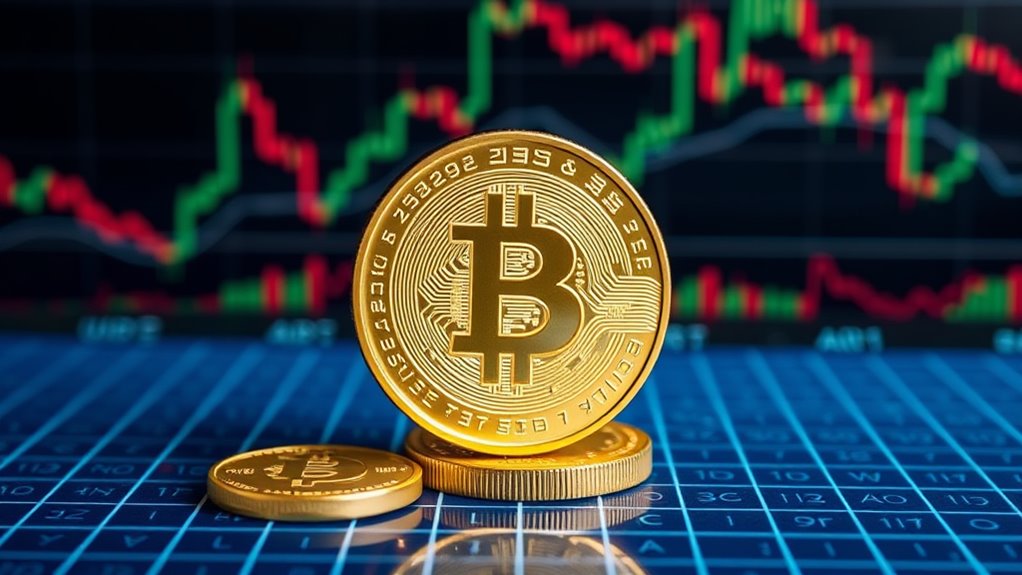
In the wild world of cryptocurrency, stablecoins are supposed to be the calm in the storm. But let's be real. Can anything in crypto truly be calm? Among the contenders, Tether (USDT) reigns supreme, boasting a market cap over $142 billion. It's the lifeblood of exchanges, the go-to choice for traders.
Meanwhile, USD Coin (USDC) is the teacher's pet—fully regulated and backed by the big names Circle and Coinbase. It's like the straight-A student of stablecoins, ticking off all the boxes with its audits and compliance.
Then there's DAI, the rebellious teenager of the bunch. Decentralized and crypto-collateralized, it's a wild card that tries to stay stable in an unstable world.
Pax Gold (PAXG) is the gold standard—literally. Each token corresponds to a troy ounce of gold. Talk about a shiny investment! And let's not forget PayPal USD (PYUSD), cozying up with mainstream users.
But stability isn't just about collateral types. It's about transparency, market adoption, and oh, the lovely world of regulatory compliance. USDC shines here, while Tether faces ongoing scrutiny. The regulatory environment is rapidly evolving and it is crucial for stablecoins to adapt to ensure their longevity and trustworthiness. Additionally, Tether (USDT) is widely favored for avoiding price fluctuations, which adds to its appeal among traders.
Centralization is a big deal too; most stablecoins rely on their centralized buddies to hold reserves, which sounds like a recipe for disaster. And let's not even start on algorithmic failures—remember TerraUSD? What a mess.
Despite all this chaos, stablecoins are essential. They're the backbone of DeFi applications, making lending and borrowing a breeze. These coins are particularly valuable in decentralized finance applications due to their low volatility compared to other cryptocurrencies.
USDT is a champ for cross-border transactions, while PAXG helps hedge against inflation without needing a vault. The future? Well, expect more competition from newcomers like PYUSD.
In this game of financial chess, stablecoins might just be the pawns that lead to a checkmate. Will they hold? Who knows. But for now, they're here, and they're trying their best to keep it together.
Frequently Asked Questions
How Do I Buy Stable Coins Securely?
Buying stablecoins securely? Easy, right?
First, choose a reputable exchange—think Coinbase or Binance. Check their security features; no one wants to be hacked.
After that, get a reliable wallet; hardware wallets are your best bet. Transfer your coins there ASAP.
Don't forget to enable two-factor authentication!
And hey, start small. Test the waters before diving in. If it feels sketchy, trust your gut. No one likes losing money.
Are Stable Coins Suitable for Long-Term Investment?
Are stablecoins a smart long-term play? Well, it's complicated.
Sure, they promise stability, which is nice. But remember: they're not immune to risks. Collateral can be shaky, and regulatory headaches loom.
Plus, relying on tech can bite back—just look at TerraUSD. They're great for quick transactions and inflation protection, but as a long-term investment? That's a gamble.
Stability sounds good, but it might not be the golden ticket everyone hopes for.
What Are the Risks Associated With Stable Coins?
Stablecoins come with a laundry list of risks.
First up, loss of confidence can trigger panic, leading to fire sales. Oops!
Then, operational hiccups like cyber breaches? Yikes. They can disrupt payment systems, too.
And let's not forget the "trinity problem"—finding a balance between stability, decentralization, and profit is like walking a tightrope.
Add regulatory gaps and potential market contagion, and it's clear: stablecoins aren't as stable as they sound.
Can Stable Coins Be Used for Everyday Transactions?
Absolutely, stablecoins can be used for everyday transactions. They're not just for crypto nerds.
You know, digital wallets like MetaMask and Trust Wallet make sending money as easy as texting. Some merchants even accept them directly.
Want to buy a pizza? Use a stablecoin. It's faster and cheaper than traditional banking, skipping all those annoying fees.
Sure, there are risks, but hey, what's life without a little excitement?
How Do Stable Coins Affect Cryptocurrency Market Volatility?
Stablecoins play a quirky role in the crypto circus.
They're like a safety net. When Bitcoin and Ethereum start juggling volatility, stablecoins step in. They help calm the chaos, giving traders a moment to breathe.
During crazy market swings—thanks, COVID—they can actually stabilize prices.
But don't get too comfy; when the big coins sneeze, stablecoins can catch a cold too.

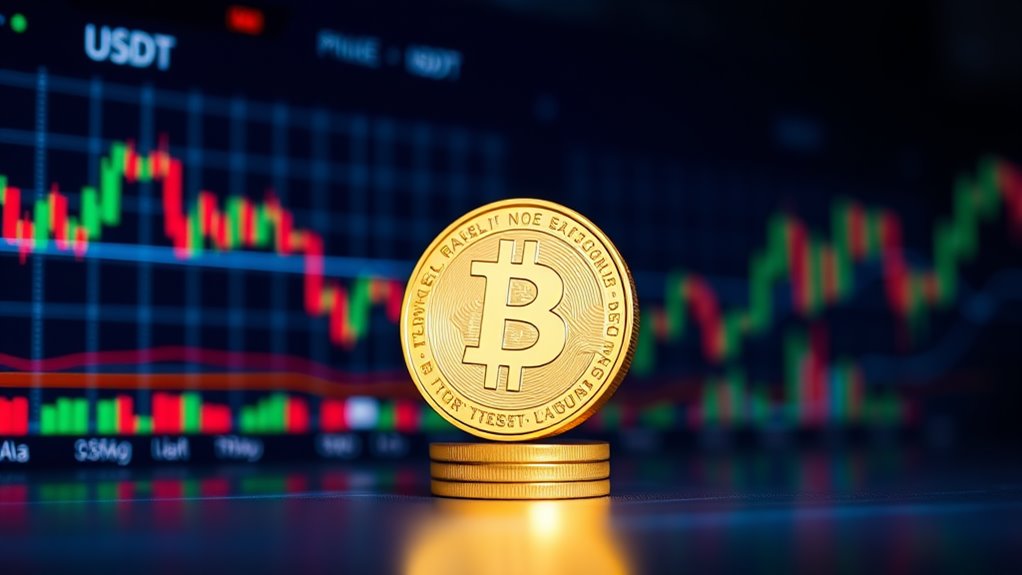


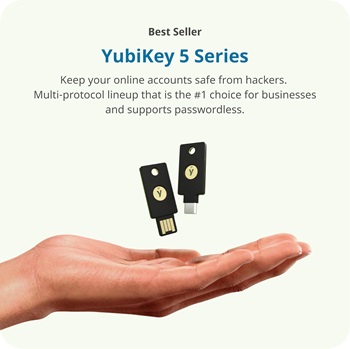

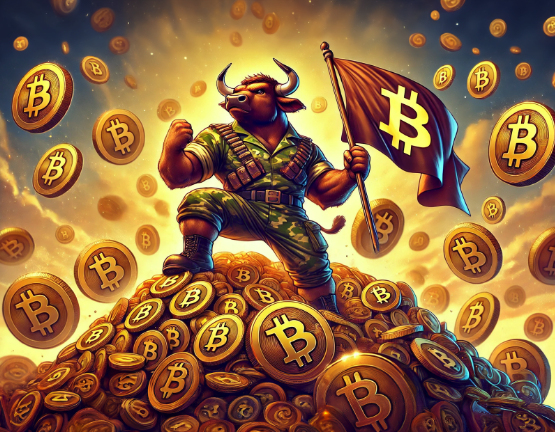
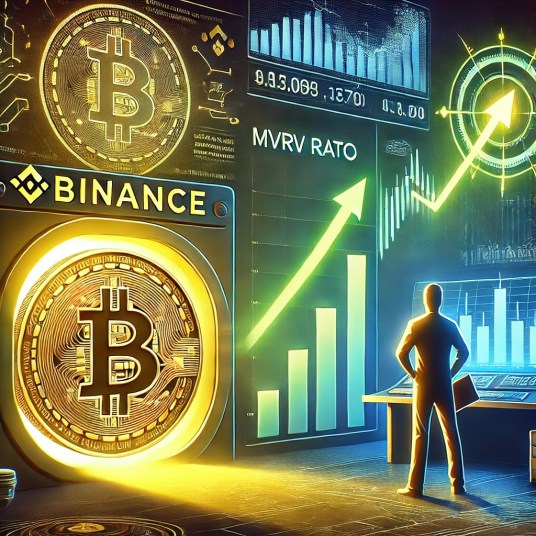


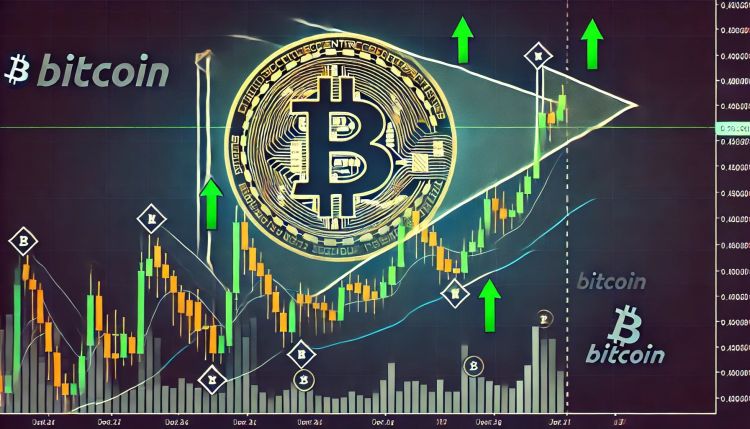

One Comment